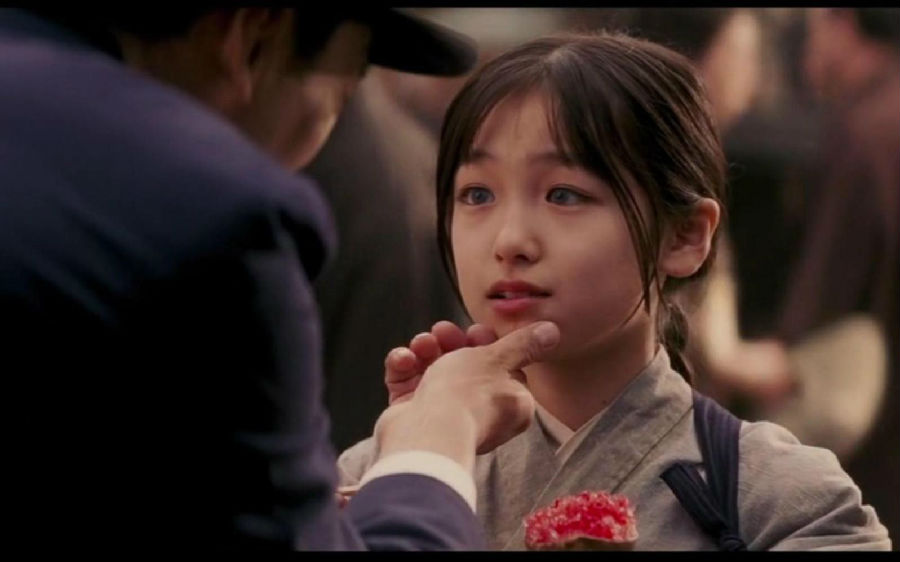This is kakigori. It's a traditional Japanese dessert similar to the shaved ice desserts that you probably know.
這是日式刨冰。一種傳統的日式甜點,類似于大家平時吃的那種刨冰。
But of course, here, it is so much more than that.
不過,這里的刨冰當然遠非尋常刨冰可比的。
Let's start with a quick history.
我們先來快速地梳理一遍日式刨冰的歷史吧。
The dish was originally a summer treat meant to help cool down the wealthy elite of Japan during the late 1800s.
刨冰原本是19世紀晚期幫助日本富裕的精英階層在夏季解暑的一道小吃。
The ice was topped with fruit syrups and teas grown and harvested locally, and, in some places, it still is.
在冰沙上淋上用當地種植的水果制成的果漿和茶葉,在日本的某些地方,如今還在沿用這一做法。
This is Aya Eguchi in her shop in Otsu.
這位是江口彩和她位于大津的刨冰店。
And to get very thin ice,
要想把冰塊打得特別細膩,

there is, of course, a special machine for that, which you can find in Tokyo at Kori Ishibashi.
當然還需要一臺特殊的機器,而這種機器您在東京的古里石橋家也能看到。
This is Kumiko Ishibashi in her shop.
這家店是石橋九美子開的。
How thin the ice is shaved?
冰刨得有多細膩?
Well, that depends on the weather.
這個,要看天氣。
OK, so we've got our pure non-freezer made ice shaved by hand to perfection based on the weather.
也就是說,根據當天的天氣,我們吃到的是用完全沒有進過冰箱的冰手工刨出來的可以說是臻于完美的一碗刨冰。
Next, we need toppings.
接下來,就是各種配料了。
Our last stop is Chasanraku tea house in Kyoto.
我們的最后一站是京都的茶三樂茶館。
An area known for its matcha.
京都是一個以抹茶聞名的地方。
And this is Hiroki.
這位則是廣樹先生。
From more traditional matcha flavors to mainstream ones like strawberry, Hawaii blue, melon, cream.
從更加傳統的抹茶味刨冰,到比較大眾的草莓味兒,藍色夏威夷,甜瓜味,奶油味。
This dish has range.
他家刨冰的口味可以說是應有盡有。
But the only thing that matters at the end of the day is how delicious it is.
但歸根結底,最重要的還是,好吃。











